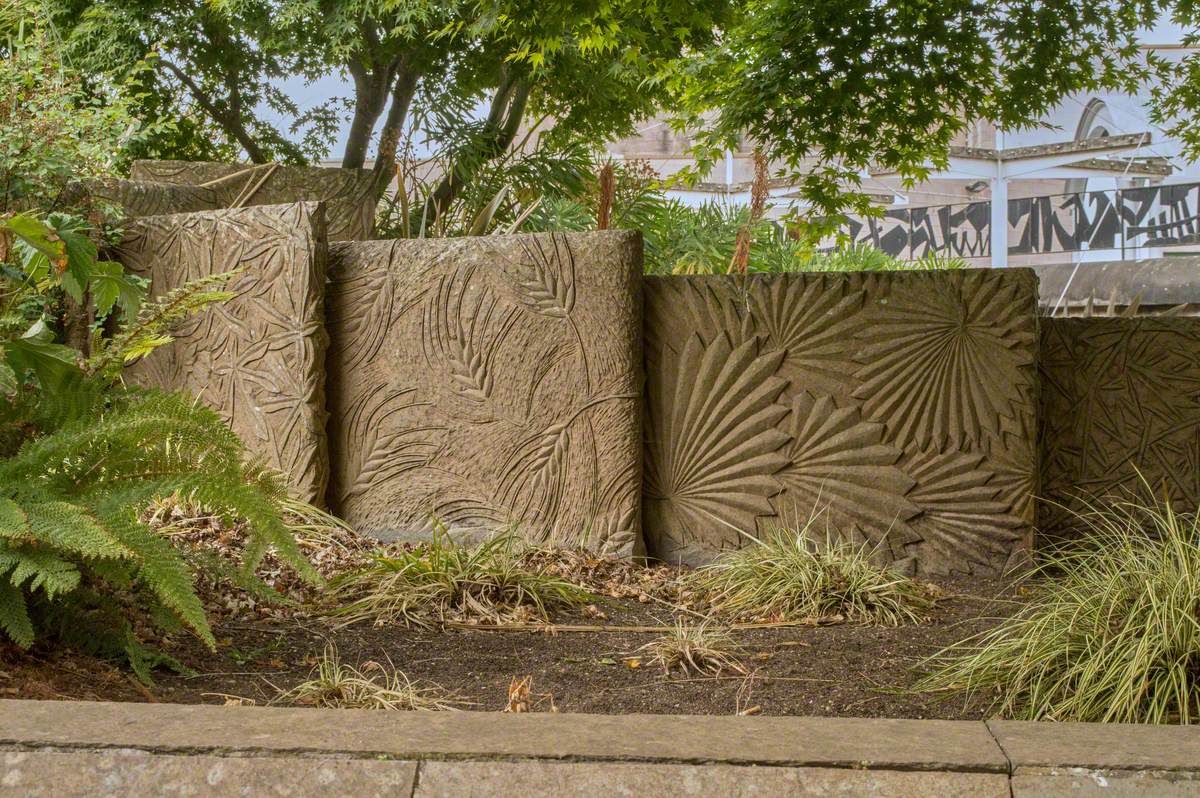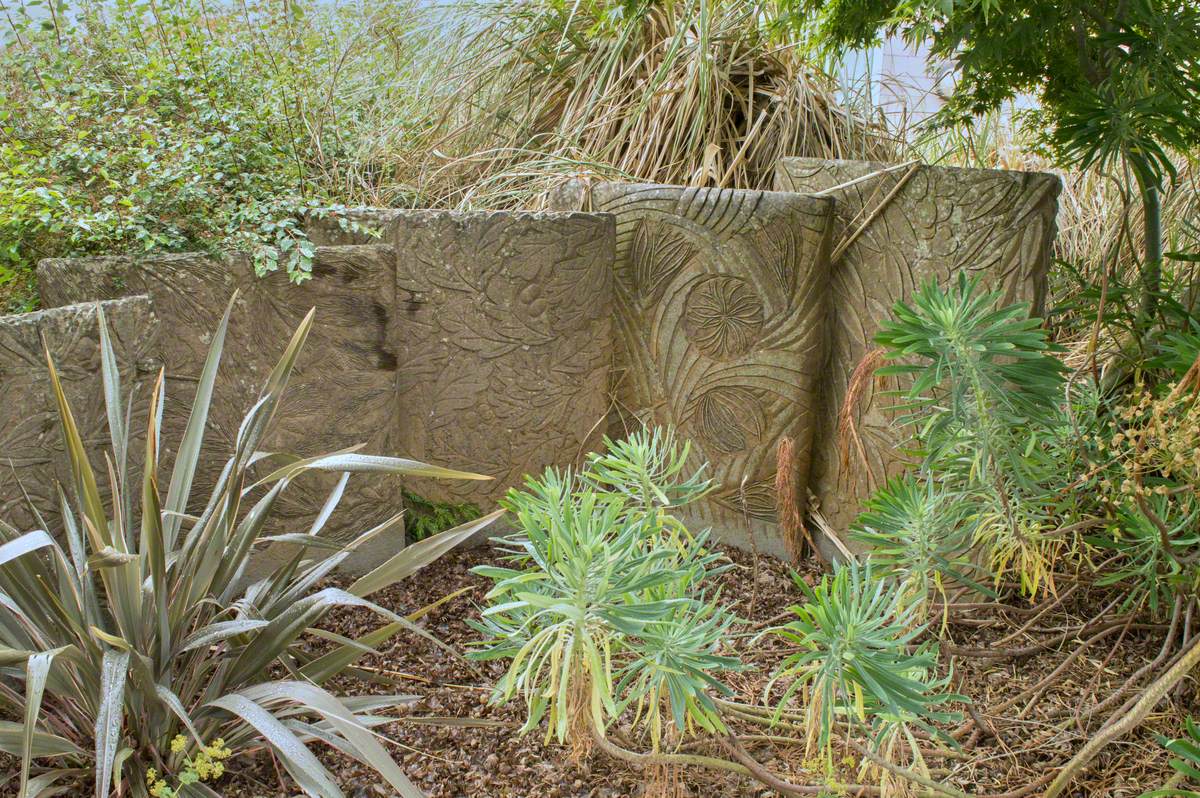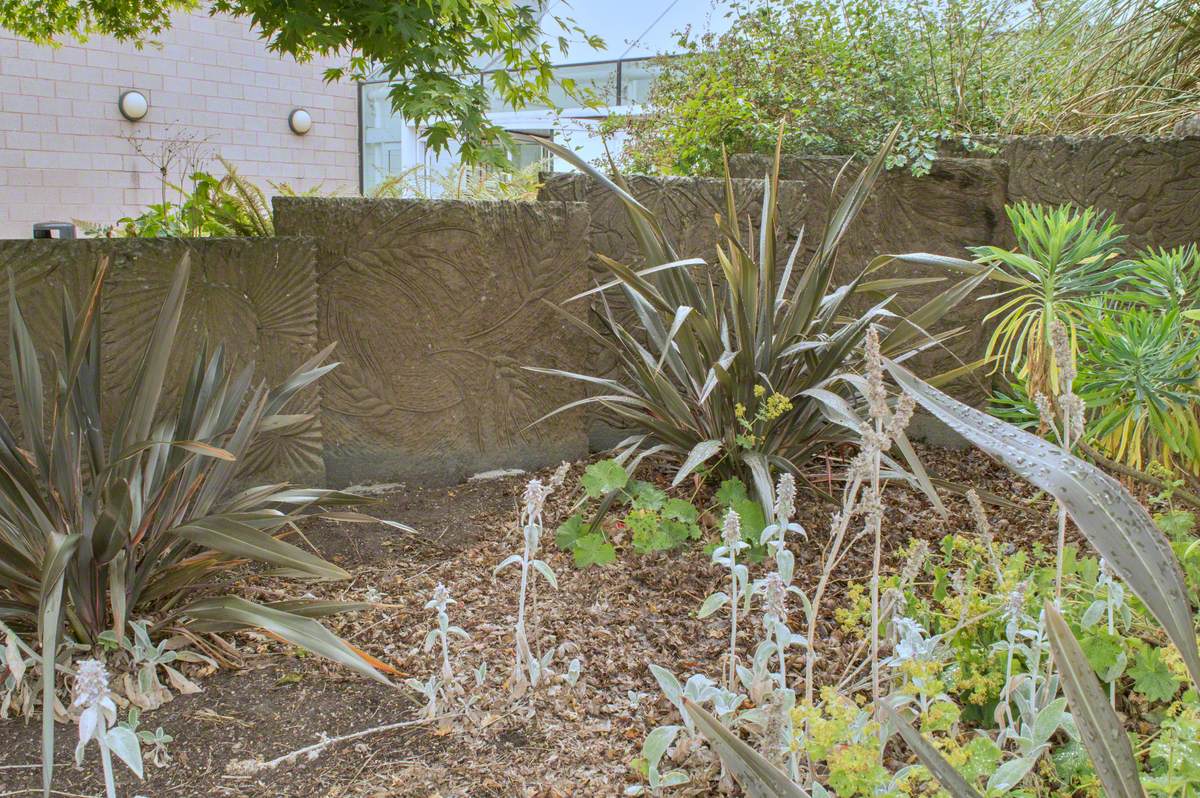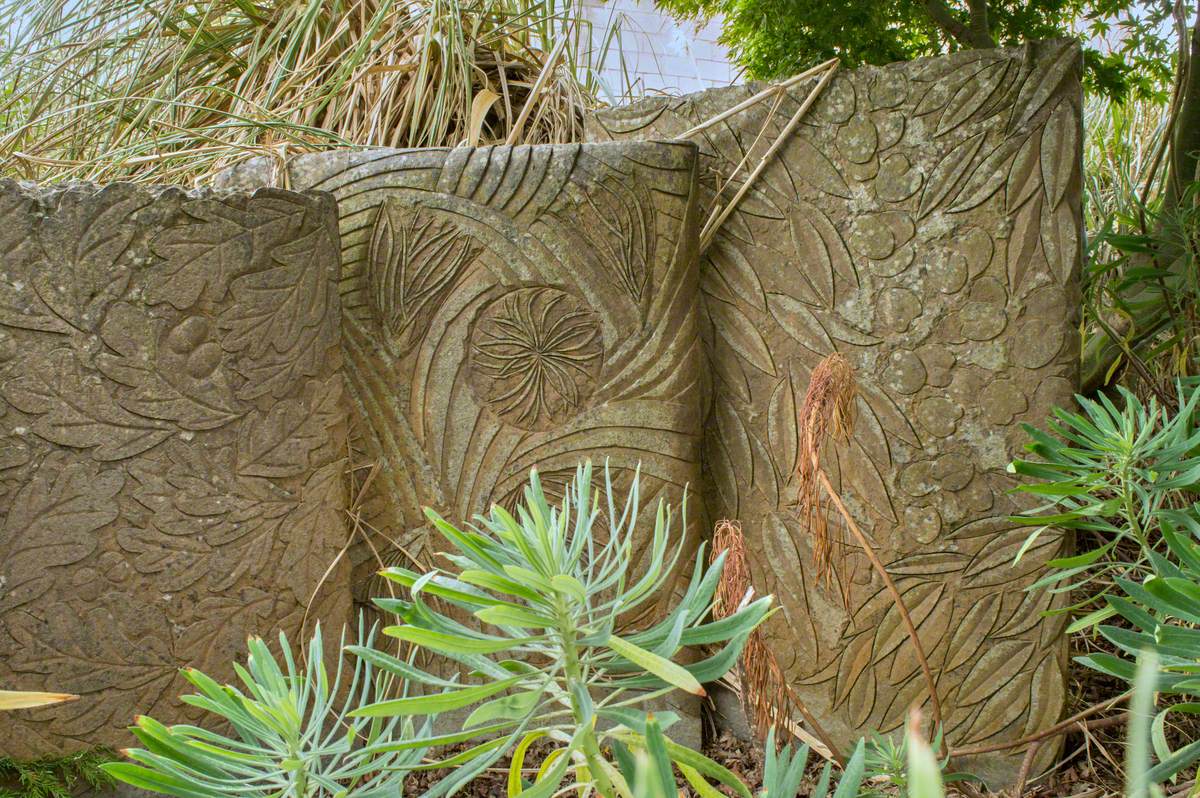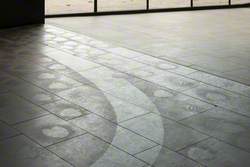How you can use this image
This image can be used for non-commercial research or private study purposes, and other UK exceptions to copyright permitted to users based in the United Kingdom under the Copyright, Designs and Patents Act 1988, as amended and revised. Any other type of use will need to be cleared with the rights holder(s).
Review the copyright credit lines that are located underneath the image, as these indicate who manages the copyright (©) within the artwork, and the photographic rights within the image.
The collection that owns the artwork may have more information on their own website about permitted uses and image licensing options.
Review our guidance pages which explain how you can reuse images, how to credit an image and how to find images in the public domain or with a Creative Commons licence available.
Notes
Add or edit a note on this artwork that only you can see. You can find notes again by going to the ‘Notes’ section of your account.
The upright decorative slabs were carved by Mary Bourne in Caithness flagstone at the Scottish Sculpture Workshop and lettering done on site by mason Ian Ketchin. Information from the artist reads: ‘My design developed from considering the contents of the nearby library, the way information is stored in layers in the pages of a book, in the shelves of the bookcases. An analogy was drawn between this written information and the information trapped in fossil form between the layers of sedimentary rocks such as the flagstone used here. A further element in the large sheaf form was the “accidental” information recorded in books, within the paper itself – so the plants carved are all plants that are used for paper making. Analysis of these can, of course, reveal much about the date and geographical location of the book, when it was made, as well as information about trade with other parts of the world.
‘Since the piece was installed it has entirely disappeared under ivy and then been revealed again when the ivy was cut back. I was referring both to the leaves/pages of books and the leaves that are used to make paper, hence the “...leaf on leaf on leaf...” text. There is also a separate slab to one side (Wellgate Chip) which considered the development of the silicon chip as a medium for information storage. Silicon is one of the most common minerals in sedimentary rock, again drawing an analogy with information trapped in a rock which can reveal much about the world when it was formed. The image carved, which resembles circuitry, is a record of the previous street plan on the site of the Wellgate Shopping Centre, something that will presumably be present in the archaeological record if the layers of the site are ever excavated.’
Title
Stone Pages
Date
1996
Medium
Caithness flagstone
Accession number
DD1_DO_S169
Acquisition method
commissioned for Dundee Central Library by Dundee City Council through Dundee Public Art Programme
Work type
Sculpture
Owner
Dundee City Council
Work status
extant
Access
time restrictions apply
Inscription description
various inscriptions
